Although people living in Pullman have a wide variety of differences, working different jobs, enjoying different hobbies, practicing different religions and attending different schools, they all have one thing in common: Pullman is called home.
Peeking through the wheat fields into the history of Pullman, here is a look into the roots of the city many know and love today.
Established over 140 years ago, the history of Pullman can get misconstrued, as written records were not consistently kept, and some categorize the history as a combination of legends. Despite the different recollections and misunderstandings of previous settlers, their memories and information fit together to paint the history.
Before settlers occupied the town, Pullman was the original homeland of the Nimíipuu (Nez Perce) tribe and the Upper Palus people, and it still sits on the Native land today.
The core of Pullman’s start has three main elements: Bolin Farr, Three Forks and George Pullman. In 1875, Bolin Farr came to Pullman in search of a homestead site and founded the village of Three Forks, as three creeks join together in the Palouse River. In 1881, a $50 donation from Chicago industrialist George Pullman for a civic celebration led to the adoption of his name, hence the City of Pullman, according to Bunchgrass Historian.
As the development of railroads progressed and Pullman became more populated, Farr, Daniel McKenize and a few more settlers divided the town into pieces of land, modifying it the next year to lay out streets and the location of Downtown Pullman, according to Pullman (Images of America) written by Robert Luedeking.
The first post-office was built inside of a store in 1881, and by 1883 Pullman had its first few churches and first hotel, according to Pullman (Images of America). In 1887 Lula Laney became Pullman’s first schoolteacher and Pullman’s first bank was established.
In 1888, Thomas Neill established the first newspaper, the Pullman Herald, and the first city government was established, as Pullman had a population of around 250-300 people. Walter V. Windus served as the first mayor of Pullman from 1890–93.
Neill was a big name back in the early days of Pullman. As the editor of the Herald he published topics discussing science, psychology, literature and clean and efficient local government, in which he hoped to promote community-mindedness through local news, according to Bunchgrass Historian. The Herald became a spokesman for the greater Pullman area.
Nearing the end of the 1880s, Pullman’s reputation as a prosperous commercial and agricultural hub combined with the large supply of artesian water contributed to the uprising of Pullman’s educational-centered town, according to Pullman (Images of America). The first classes of the agricultural college in 1892 grew into one of the top academic and research-focused institutions now known as Washington State University.
Fires and floods upheaved Pullman many times. The great fire of 1887 caused the town to rebuild, just for another fire in 1890 to destroy the newly built three-year-old buildings. In 1910 a severe flood with nearly the highest waters Pullman has ever seen crashed through the town, and Pullman flooded again in 1948, according to an article from the Daily Evergreen
Now the largest city in Whitman County, Pullman is home to almost 33,000 people. Main Street now fills with residents and visitors, and Pullman’s six schools have expanded the community. The beauty of Pullman’s rolling hills, the plethora of businesses downtown, the top-tier state college and the many diverse groups of people bring the charm and attraction to this place WSU students call home.

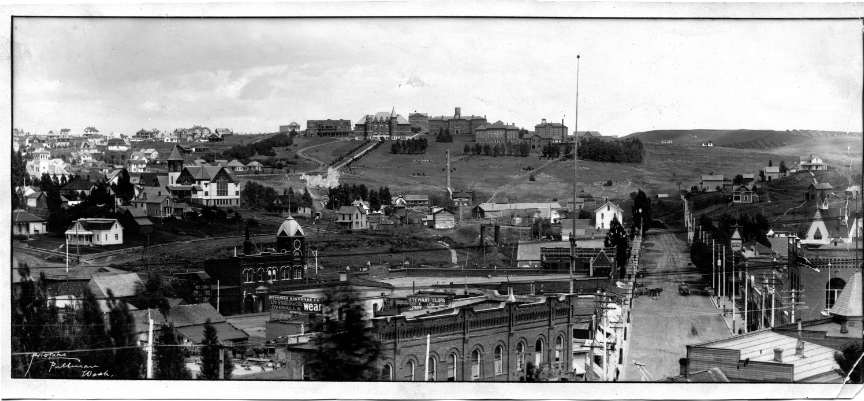
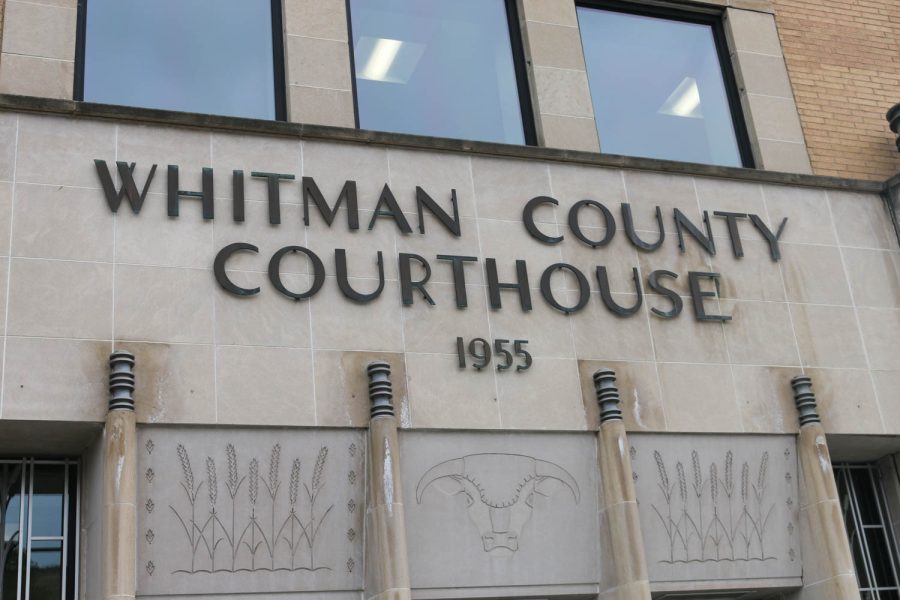
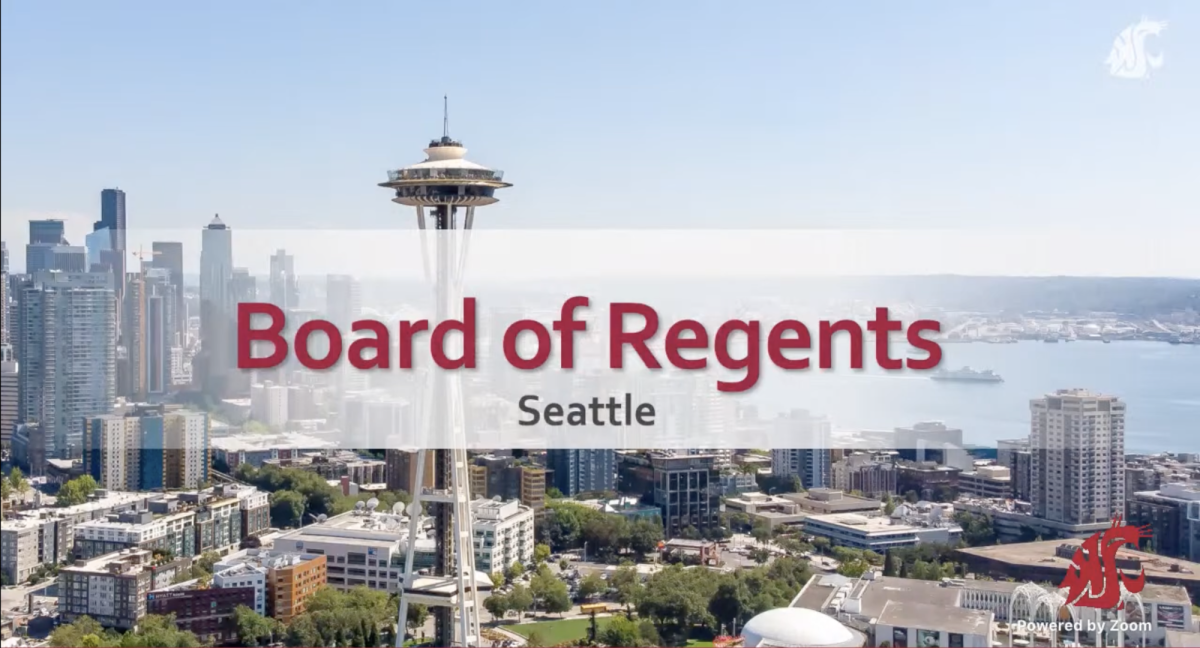

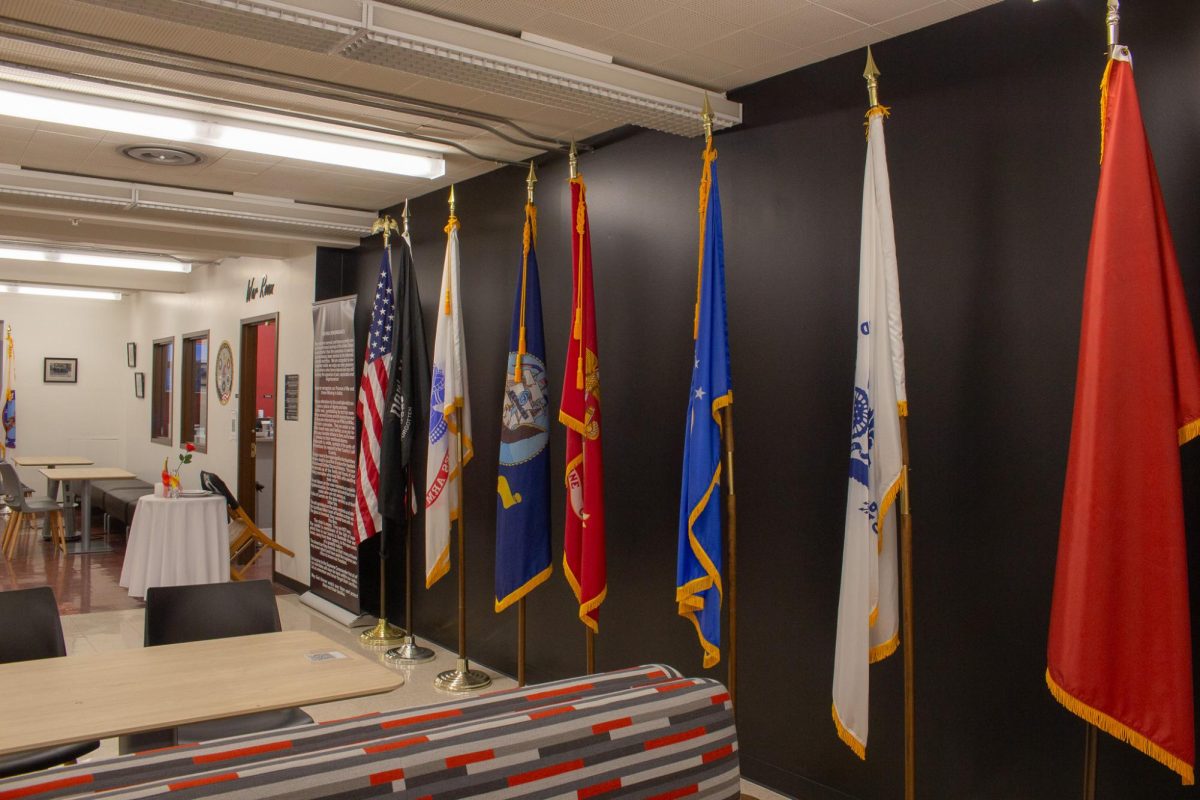
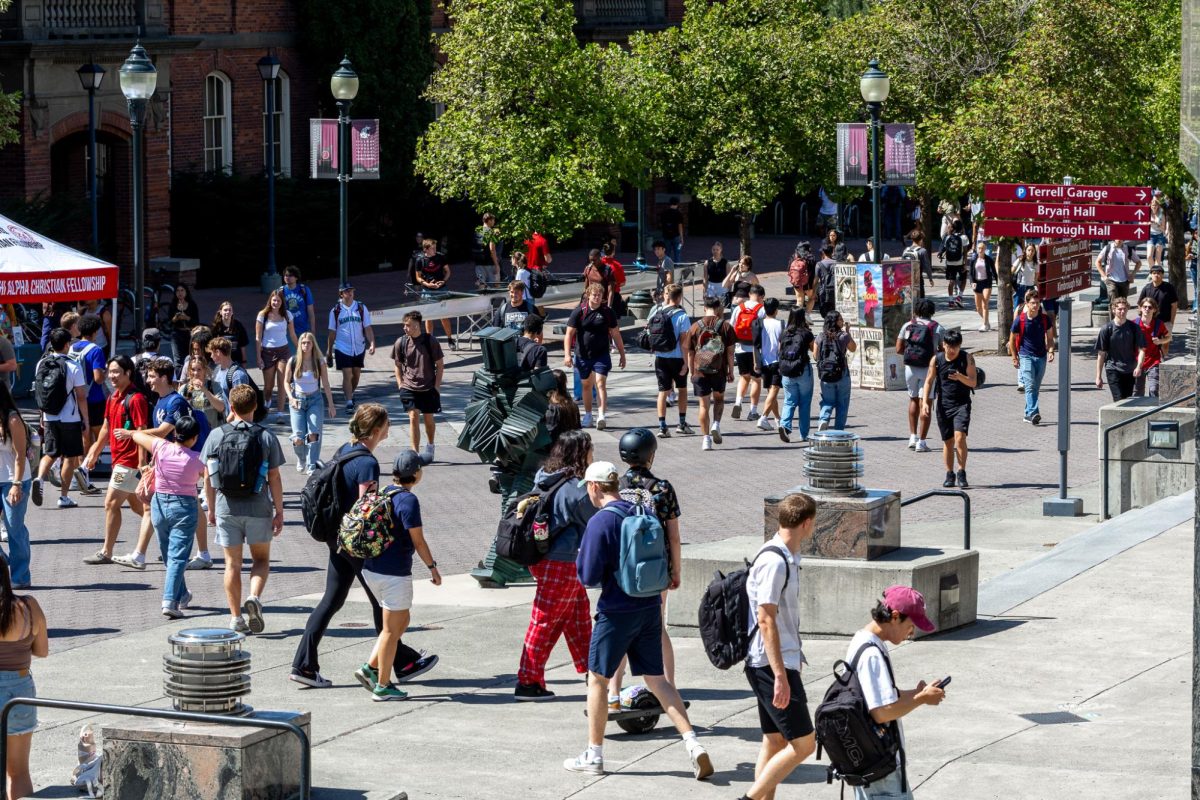

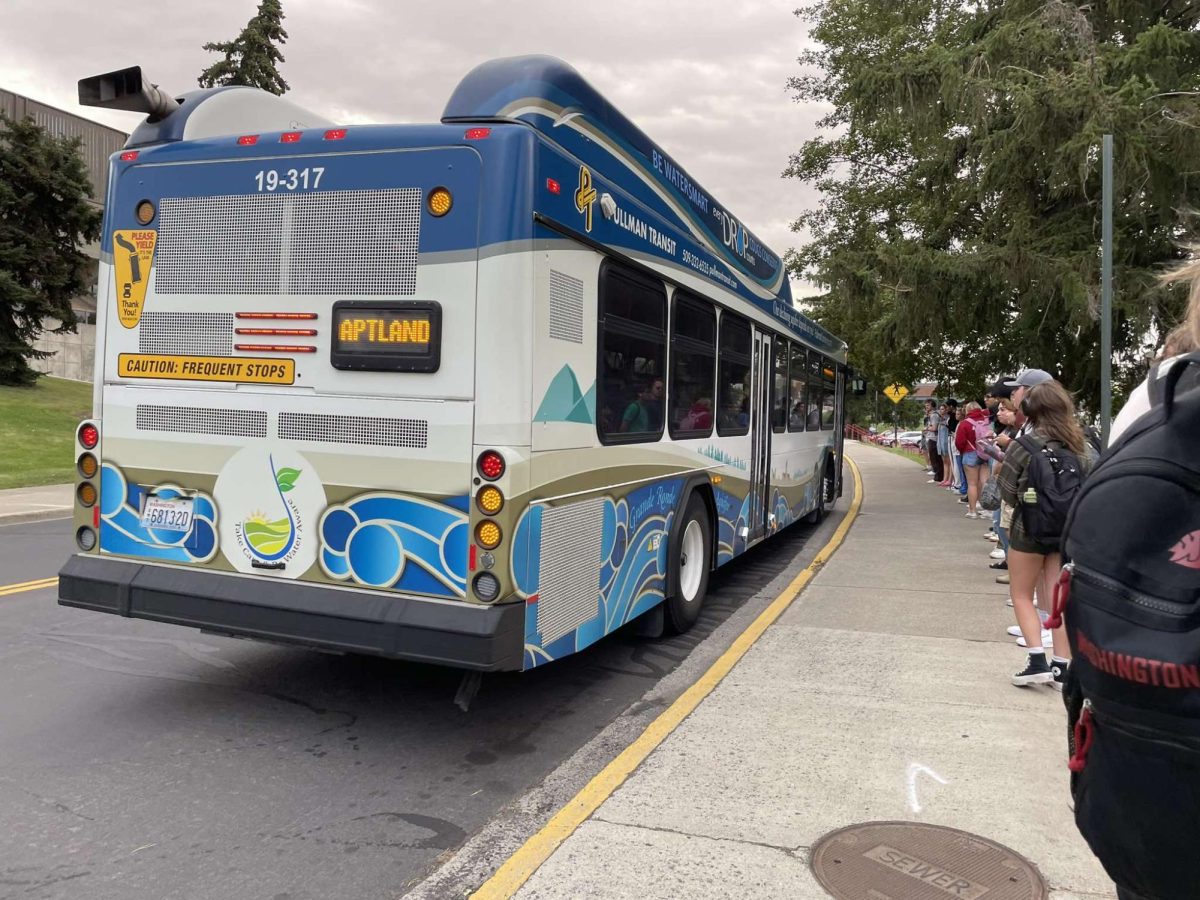
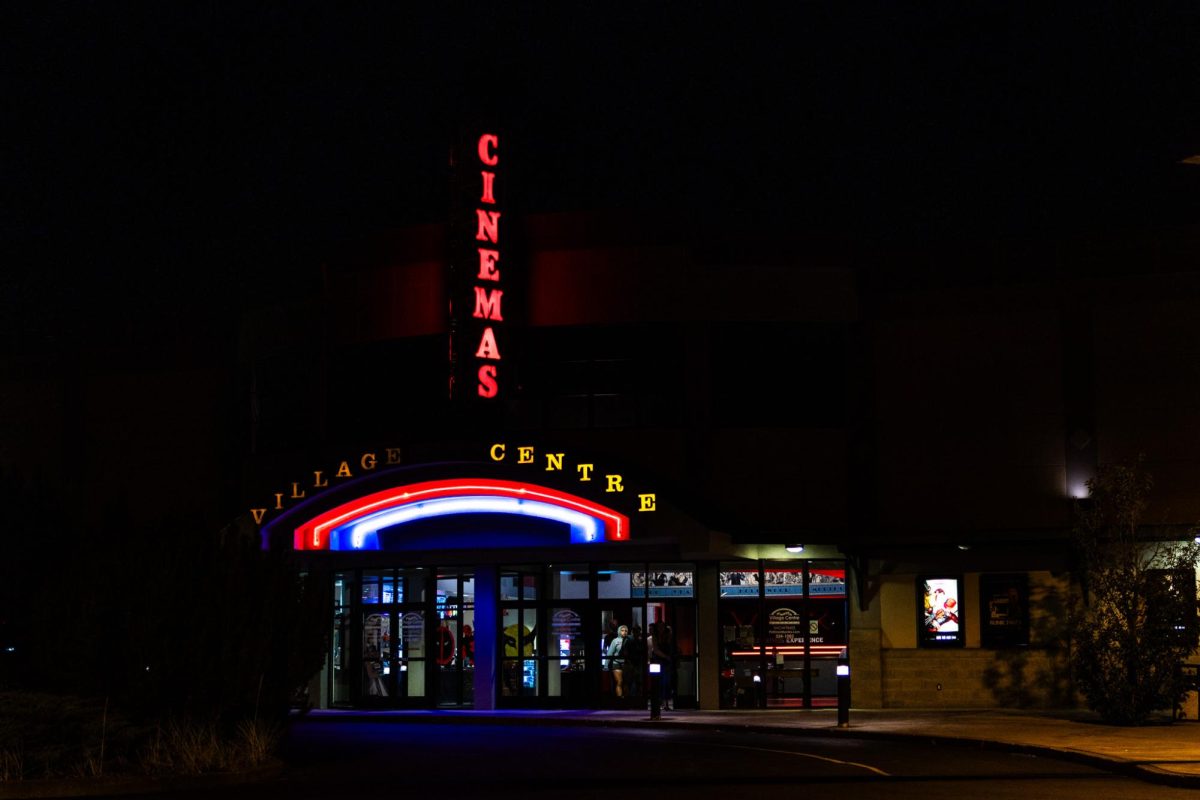
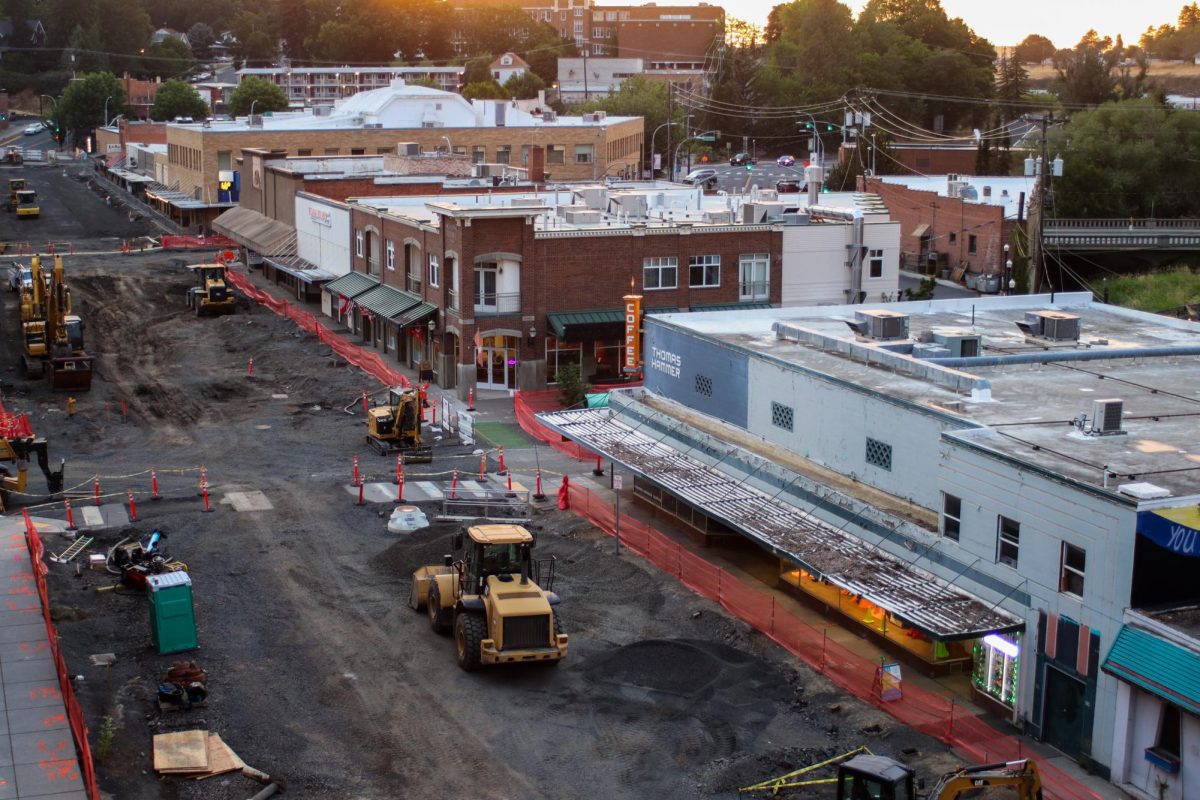
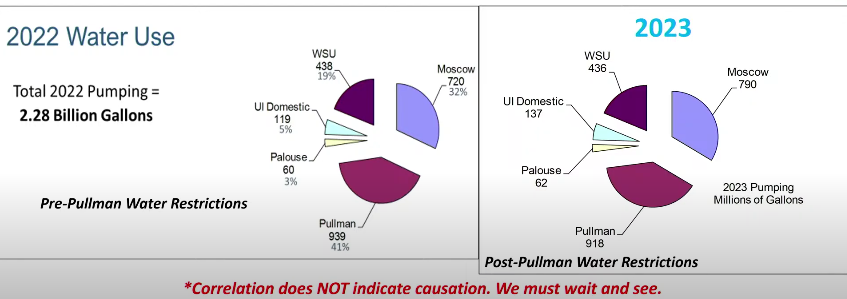
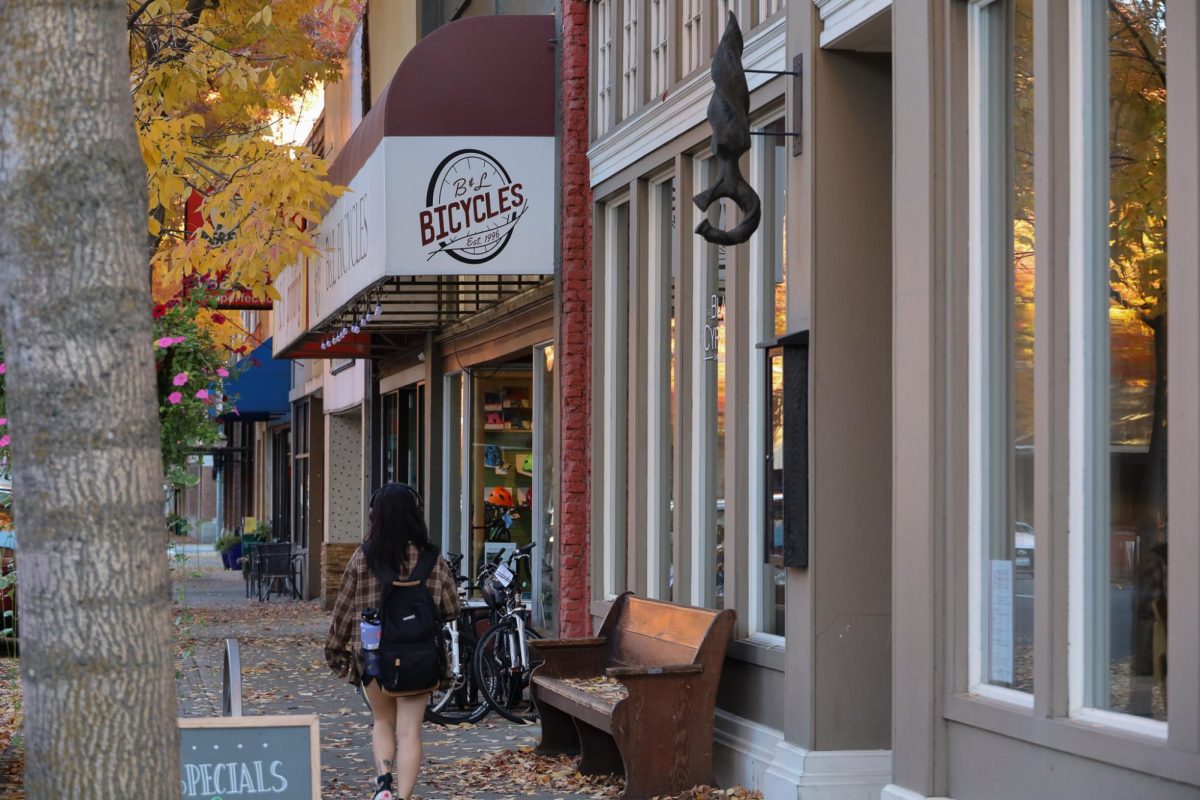



Jim Lewis • Nov 29, 2023 at 2:51 pm
Spring 1995 was a particularly cold winter in Pullman, but it finally thawed rather suddenly and downtown flooded. I was an undergraduate in Civil Engineering then, on my way to a test I wasn’t ready for. I saw a classmate headed away from campus; she said school was closed! I was skeptical and went in anyway but it was true- school was closed for the first time in many years. I had an extra 24 hours to study! I walked home thru Reaney Park on the RR tracks and saw cars flooded over their hoods on Morton St. by the pool. A lot of people were sandbagging the gaps in buildings along Main Street and I stopped to help. Went to Rico’s for an hour (or so?) and celebrated with my new friends, got home after dark. Actually even studied a bit more and survived Dr Yonge’s water treatment class!